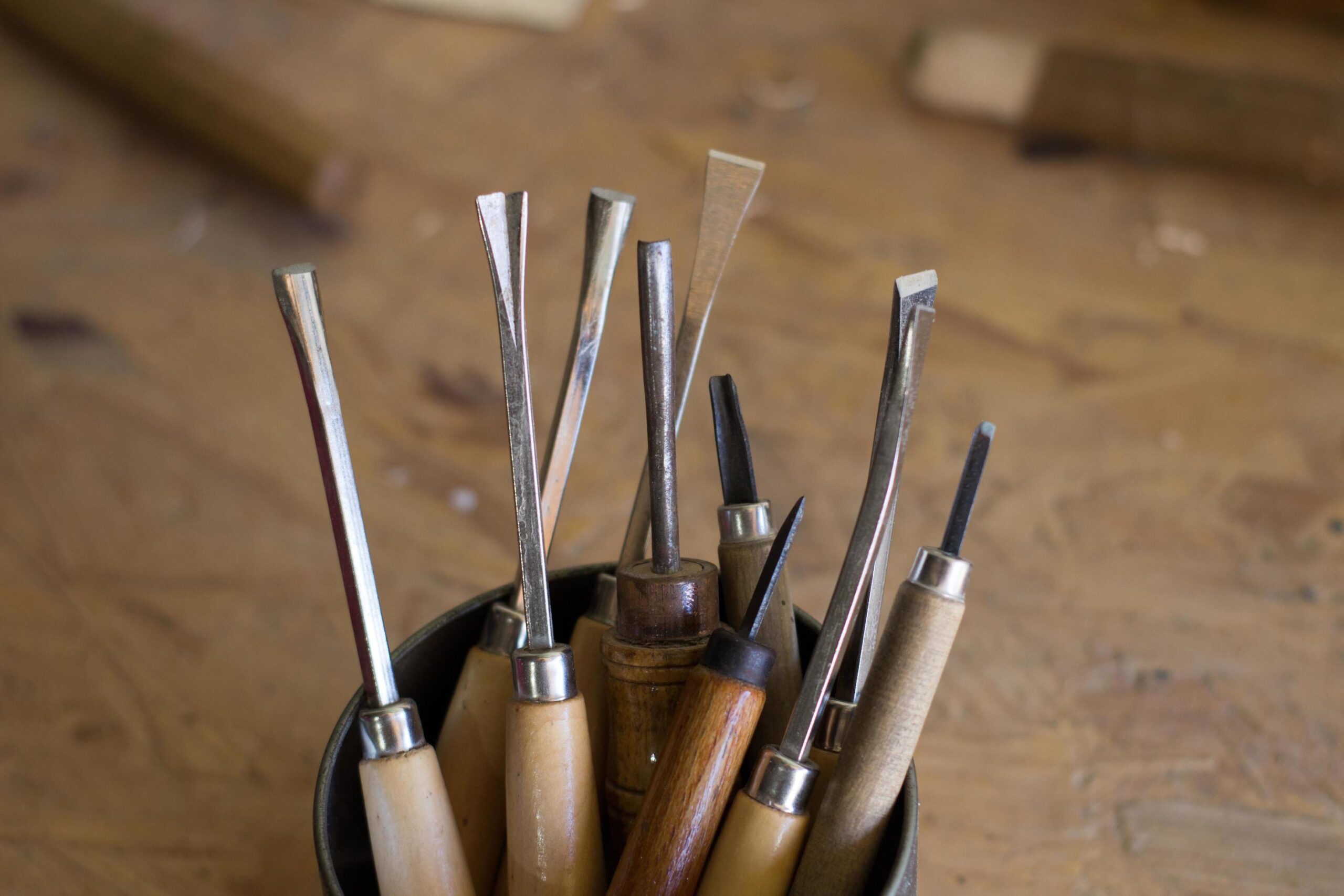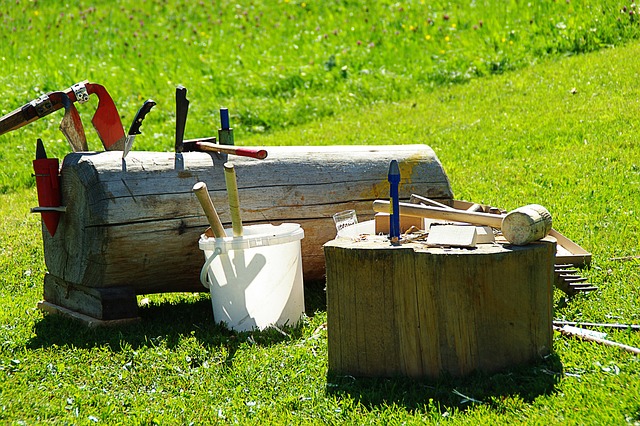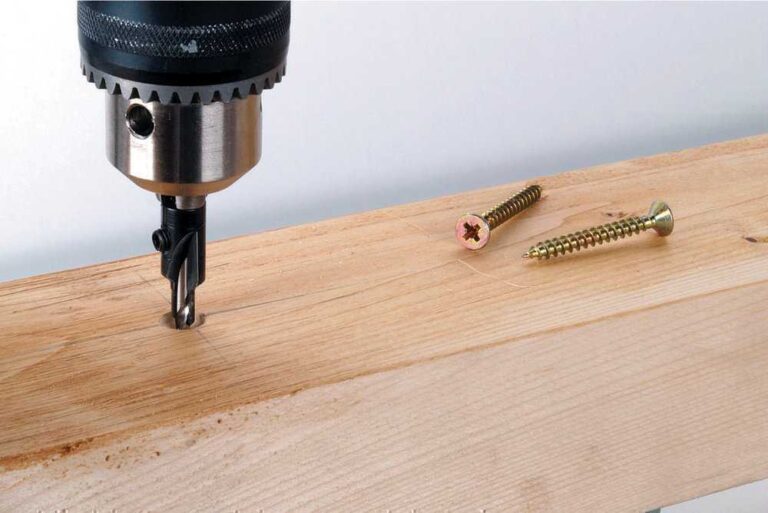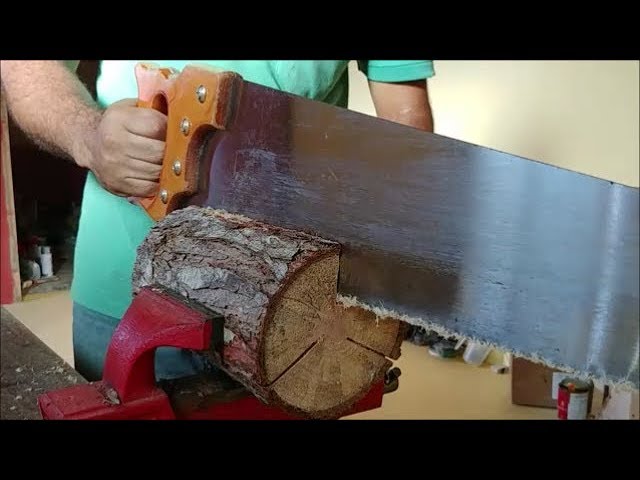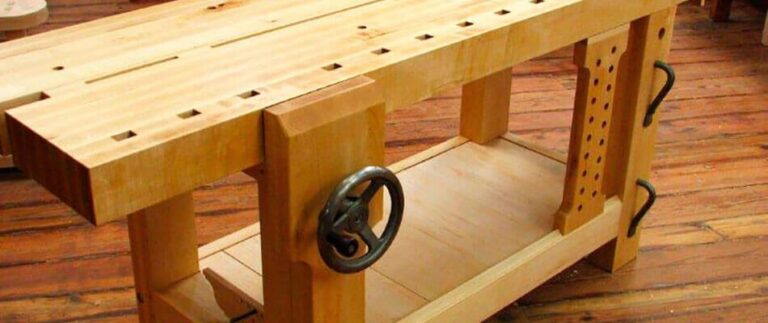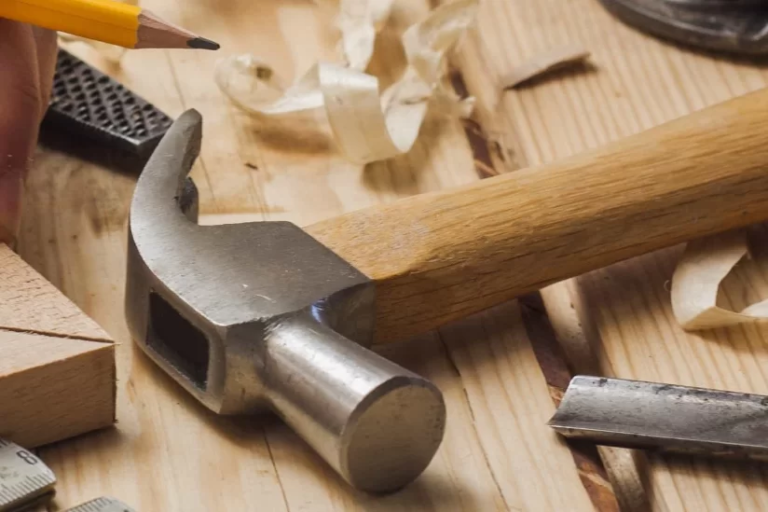Chisels and Gouges in Woodworking: Master the Art of Wood Carving
Carpentry is an ancient art that uses the full potential of wood to create unique and charming pieces. One of the most traditional and fascinating techniques is wood carving, which allows you to give precise shape and details to the most diverse projects. In this article, we will explore the topic of chisels and gouges in woodworking, essential tools for mastering the art of wood carving.
Knowing and using chisels and gouges is essential for any carpenter who wants to improve their skills. These tools enable delicate and precise carving in wood, allowing you to create details and reliefs that significantly enrich projects. Furthermore, chisels and gouges bring unique versatility and can be used in different stages of the carpentry process.
The purpose of this article is to provide tips and instructions so you can master the technique of wood carving with chisels and gouges. You will learn about the benefits of these specific tools, learn about the different types available on the market, and receive guidance on how to properly sharpen and care for them. Additionally, we’ll explore some basic and advanced carving techniques, as well as suggested projects to practice your skills.
So, get ready to dive into the fascinating world of wood carving with chisels and gouges. Through this article, you will be able to explore the full potential of these tools, creating incredible pieces that will impress everyone. Don’t waste time, get the right tools and be a wood carving master yourself!
Table of Contents
Why use chisels and gouges in carving?
In wood carving, the use of chisels and gouges is essential to achieve high-quality results. These specific tools offer several advantages and benefits that are essential to master the art of wood carving.
One of the main advantages of using chisels and gouges is the precision that these tools provide. With sharp blades of different shapes, it is possible to create minute details and reliefs with extreme precision. This precision is essential to achieve high-level results and give personality to carved wooden pieces.
Another important benefit is the detail that can be obtained when using chisels and gouges. The ability to create complex patterns, textures and designs is enhanced with the use of these tools. This ability to add small details and nuances enriches the carved pieces, giving the work an artistic and refined aspect.
Furthermore, it is worth highlighting that the use of chisels and gouges is a highly valued and recognized technique, especially when compared to other carving techniques, such as the use of routers or carving machines. While these machines can be efficient for large-scale carving, the manual use of chisels and gouges allows for unique control and expressiveness, resulting in truly personalized and one-of-a-kind pieces.
Therefore, the use of chisels and gouges is essential for anyone looking to improve their wood carving skills. In addition to offering precision and detail, these tools provide the opportunity to express the woodworker’s creativity and personality in carved pieces. Therefore, choosing chisels and gouges will certainly take carving work to a higher level.
Knowing the types of chisels and gouges
Chisels and gouges are essential tools for mastering the art of wood carving. There are different types of these tools available on the market, each with its own characteristics and functionalities. Knowing these options is essential to choosing the correct tools according to the type of carving you want to do.
One of the most common types of chisel is the straight chisel , which has a flat, straight blade. This type of chisel is ideal for cutting straight lines and creating grooves in wood. The chamfer chisel has a beveled blade, which allows you to make inclined cuts, useful for creating angled details.
Another type of chisel that is widely used is the curved chisel , which has a slightly curved blade. This type of chisel is ideal for carving curved surfaces, such as sculptures and decorative details. Gouges are tools similar to chisels, but with U-shaped blades. They are ideal for creating deep, curved cavities in wood .
When selecting the appropriate tools for each type of carving, it is important to consider the quality of the material, the type of handle and the size of the blade. Chisels and gouges must be sharpened regularly to provide accurate cuts and prevent damage to the wood.
It is recommended to have a set of chisels and gouges that cover different sizes and shapes, so that you can make a wide variety of carvings. Furthermore, it is important to choose quality tools, as they provide greater durability and precision in cuts.
By knowing the types of chisels and gouges available on the market, their characteristics and functionalities, it is possible to select the correct tools for each type of wood carving. This correct choice of tools is essential to obtain accurate and detailed results in your carving projects.
How to sharpen and care for chisels and gouges
Correctly sharpening the blades of chisels and gouges is essential to obtain accurate and detailed results in wood carving. In this section, we will provide step-by-step instructions for sharpening your tools properly.
- Preparing the blades: Before starting the sharpening process, be sure to clean the blades well, removing any dirt or wood residue. Use a soft bristle brush to ensure proper cleaning.
- Choosing sharpening tools: There are different sharpening methods available, such as a sharpening stone, grinding wheel or water sandpaper. Choose the method that best suits your needs and abilities.
- Sharpening the blades: With the sharpening tool selected, position the blade at the correct angle and begin moving the sharpening tool continuously and smoothly. Make sure to sharpen both sides of the blade evenly while maintaining constant pressure.
- Sharpening Test: After sharpening the blades, test their sharpness by gently running your finger along the blade. It must be sharp and ready to use. If not, repeat the sharpening process.
In addition to correctly sharpening the blades, it is also important to take care of the tools to ensure their durability and proper functioning. Here are some tips for keeping tools sharp and in good repair.
- Proper Storage: After use, clean tools thoroughly and store them in a dry place, protected from moisture and dust accumulation. Use suitable covers or cases to avoid damaging the blades.
- Regular maintenance: Carry out periodic maintenance on the tools, checking that there is no excessive wear on the blades or loose handles. If necessary, make adjustments or replace damaged parts.
- Blade protection: Use protective covers on the blades to avoid accidents and damage to the tools. Furthermore, avoid using the tools on very hard or abrasive materials, as this may impair sharpening.
- Continuous improvement: Stay up to date on sharpening techniques and chisel and gouge care. Take part in courses, workshops or look for educational materials that can help improve your skills.
Keeping your tools ready for use is essential to mastering the art of wood carving. Therefore, follow the sharpening instructions correctly and do not neglect the care of your tools. With well-sharpened and well-maintained chisels and gouges, you will be prepared to create true works of art in wood.
Wood carving techniques
Wood carving is a carpentry technique that allows you to create details and reliefs in wooden pieces, providing a unique and sophisticated finish. To master this art, it is important to know and master carving techniques, using chisels and gouges precisely and efficiently.
Preparation and marking of the wooden piece
Before starting the carving, it is necessary to prepare and mark the wooden piece. This includes choosing the type of wood suitable for the project, correctly sizing the piece and marking the points where the notches will be made. To ensure an accurate result, it is important to make clear and precise markings, using tools such as a pencil and square.
Basic carving techniques with chisels and gouges
Basic carving techniques involve the correct use of chisels and gouges. Using different sizes and shapes of these tools, it is possible to remove wood in a controlled manner and create the desired reliefs. It is important to use the correct technique to sharpen chisels and gouges, ensuring that they are always sharp and ready for work.
Advanced carving techniques to create details and reliefs
In addition to the basic techniques, there are advanced carving techniques that allow you to create more complex and elaborate details and reliefs. This includes using different cutting shapes such as the V-cut, half-moon cut, and curved cut. It is also possible to use layered carving techniques, creating a three-dimensional effect on the wooden piece.
Tips to avoid common mistakes and get better results
When carving wood, it is common to make mistakes, such as misaligned cuts or excessive material removal. To avoid these mistakes, it is important to have control and precision in your movements, always starting with light and smooth cuts. Furthermore, it is essential to have patience and practice, as wood carving requires manual skill and concentration. Constant practice is essential to improve your techniques and obtain increasingly better results.
Therefore, mastering wood carving techniques using chisels and gouges is a valuable skill for any carpenter. With patience, dedication and adequate knowledge, it is possible to create unique and personalized pieces, exploring all the versatility and beauty of this type of woodwork. Now that you know the basic and advanced carving techniques, you are ready to put it into practice and improve your skills in this ancient art.
Projects and inspirations for practicing carving
Wood carving is a technique rich in details and possibilities, and practicing this art is essential to mastering your skills. At this stage of the article, we will present some simple project suggestions for those who are starting out in wood carving, as well as indicate sources of inspiration for creating more complex projects.
For beginners, we suggest starting with simpler carving projects to gain experience and improve basic techniques. A great option is to carve small geometric figures into flat surfaces, such as wooden boxes or decorative boards. These projects allow you to practice using chisels and gouges, exploring different angles and cutting depths.
Another suggestion is to carve small reliefs into picture frames or mirrors. These projects are ideal for improving the relief carving technique, where it is possible to create more elaborate details and textures in wood. Furthermore, it is a way to give a unique and personalized touch to your home decor.
For those who already have experience in wood carving and want to challenge themselves with more complex projects, we recommend seeking inspiration from different sources. It can be from works of art, sculptures or even elements of nature, such as leaves, flowers and animals. Developing projects inspired by these elements provides the opportunity to explore different carving techniques and styles, resulting in unique pieces full of personality.
It is important to emphasize the importance of practicing and developing your wood carving skills. The more you dedicate yourself to this art, the more your technical and creative mastery will improve. Furthermore, constant practice expands your ability to create increasingly more elaborate and complex projects, challenging your skills and increasing the level of detail in your creations.
Therefore, take advantage of the simple project suggestions for beginners and seek inspiration from different sources to create more complex projects. Remember to practice regularly and dedicate yourself to wood carving, as only then will you be able to become a master in this beautiful and fascinating art. Now it’s time to put into practice what you’ve learned in this article, get your tools, and get started on your wood carving project.
Conclusion
In this article, we discuss the importance of mastering the art of wood carving using chisels and gouges in woodworking. We saw that these specific tools are essential to obtain precision and detail in carving work.
Throughout the text, we explore the different types of chisels and gouges available on the market, explaining their characteristics and functionalities. We also provide tips on how to sharpen and care for these tools, highlighting the importance of always keeping them sharp and in good condition.
In addition, we present wood carving techniques, from preparing and marking the piece to advanced techniques for creating details and reliefs. We also gave tips to avoid common mistakes and get better results.
Finally, we emphasize the importance of practicing wood carving and developing skills in this technique. We suggest simple projects for beginners and indicate sources of inspiration for more complex projects.
To venture into wood carving using chisels and gouges, it is essential to have the appropriate tools. Therefore, we encourage the reader to look for quality tools and start exploring this fascinating art. Don’t be afraid to make mistakes, because with practice, you can achieve impressive results.
So, how about starting right now? Get your chisels and gouges, choose a carving project and dive into creating unique pieces full of incredible details. Experiment, explore your creativity and enjoy the satisfaction of creating something with your own hands. The art of wood carving awaits you!

